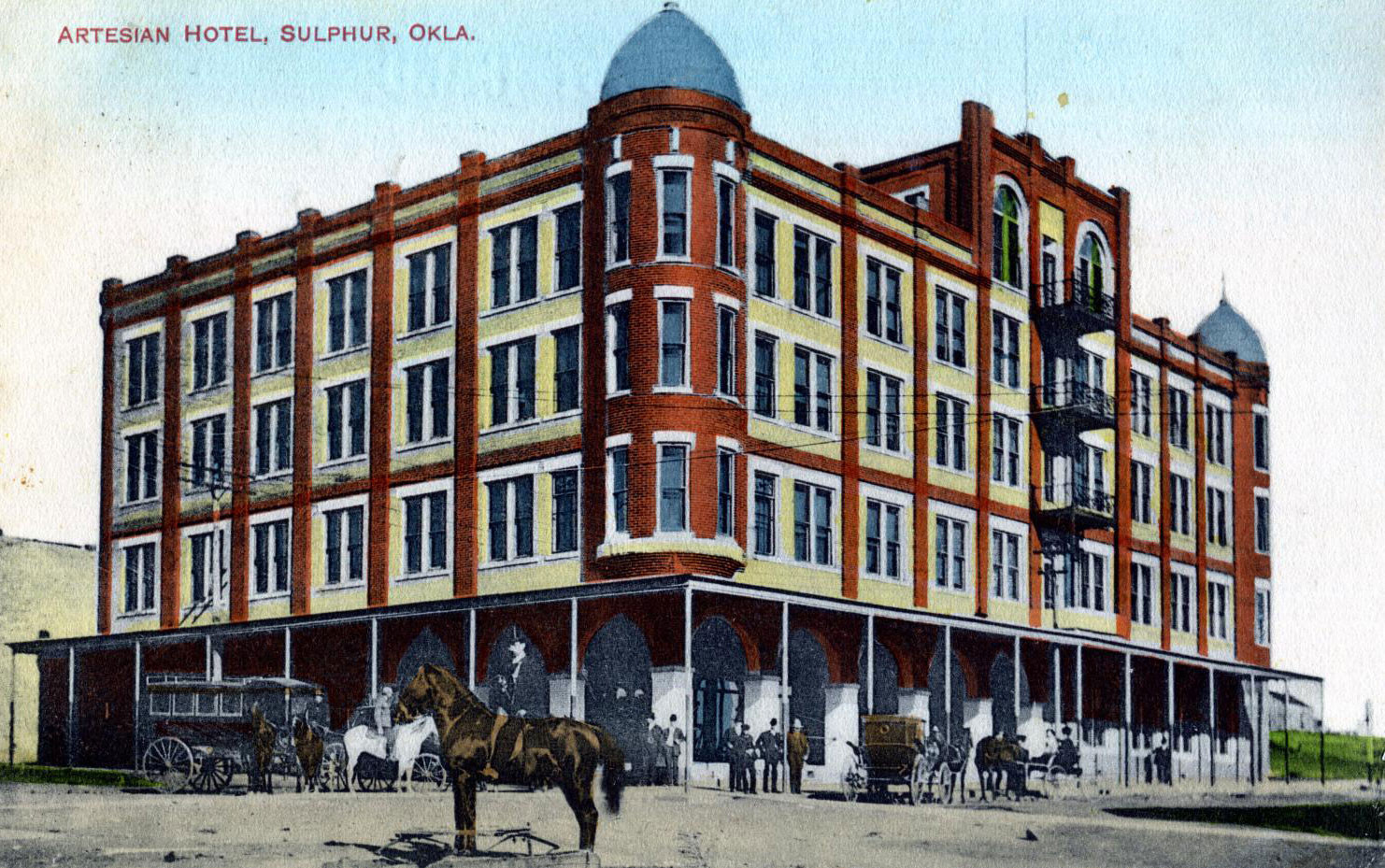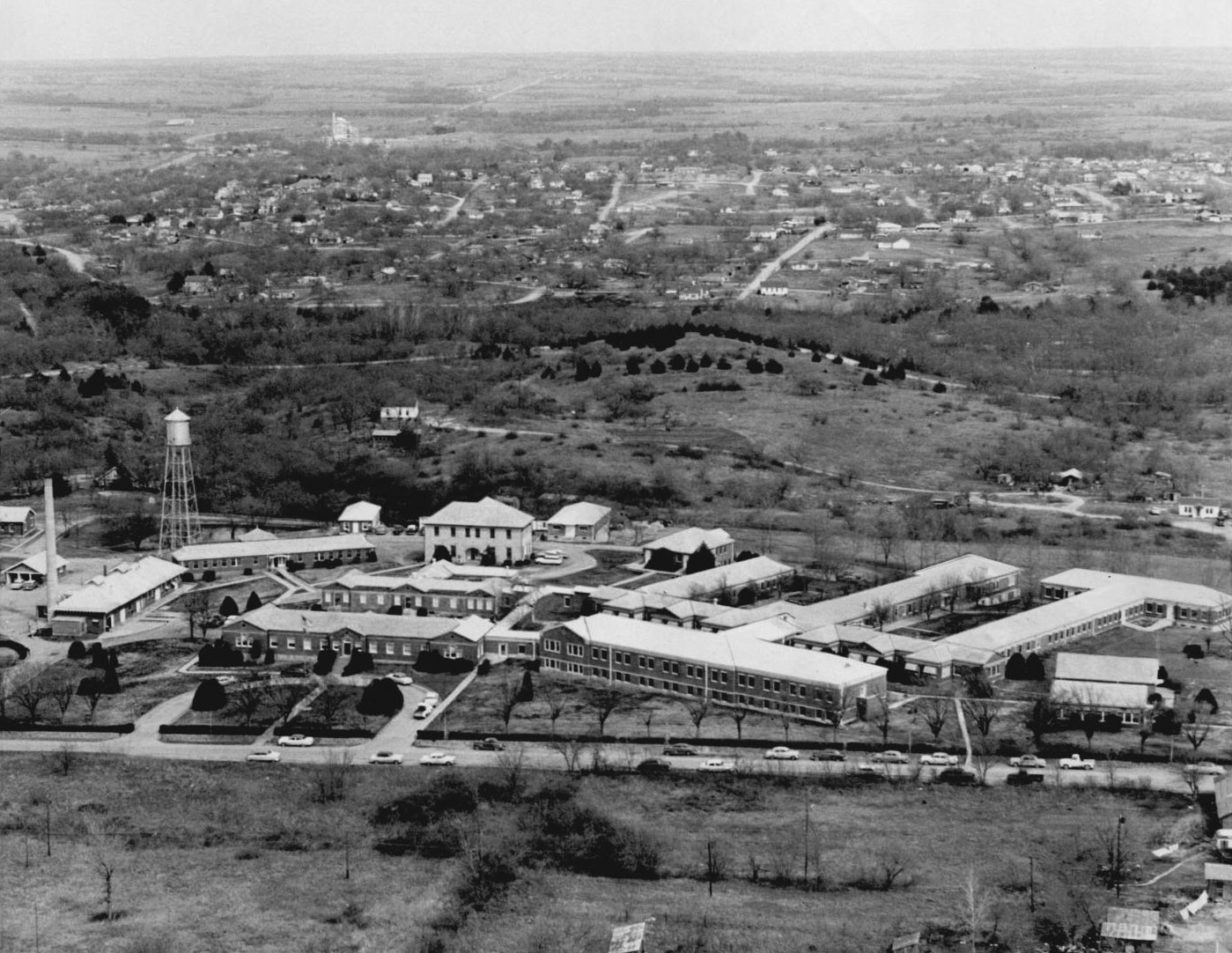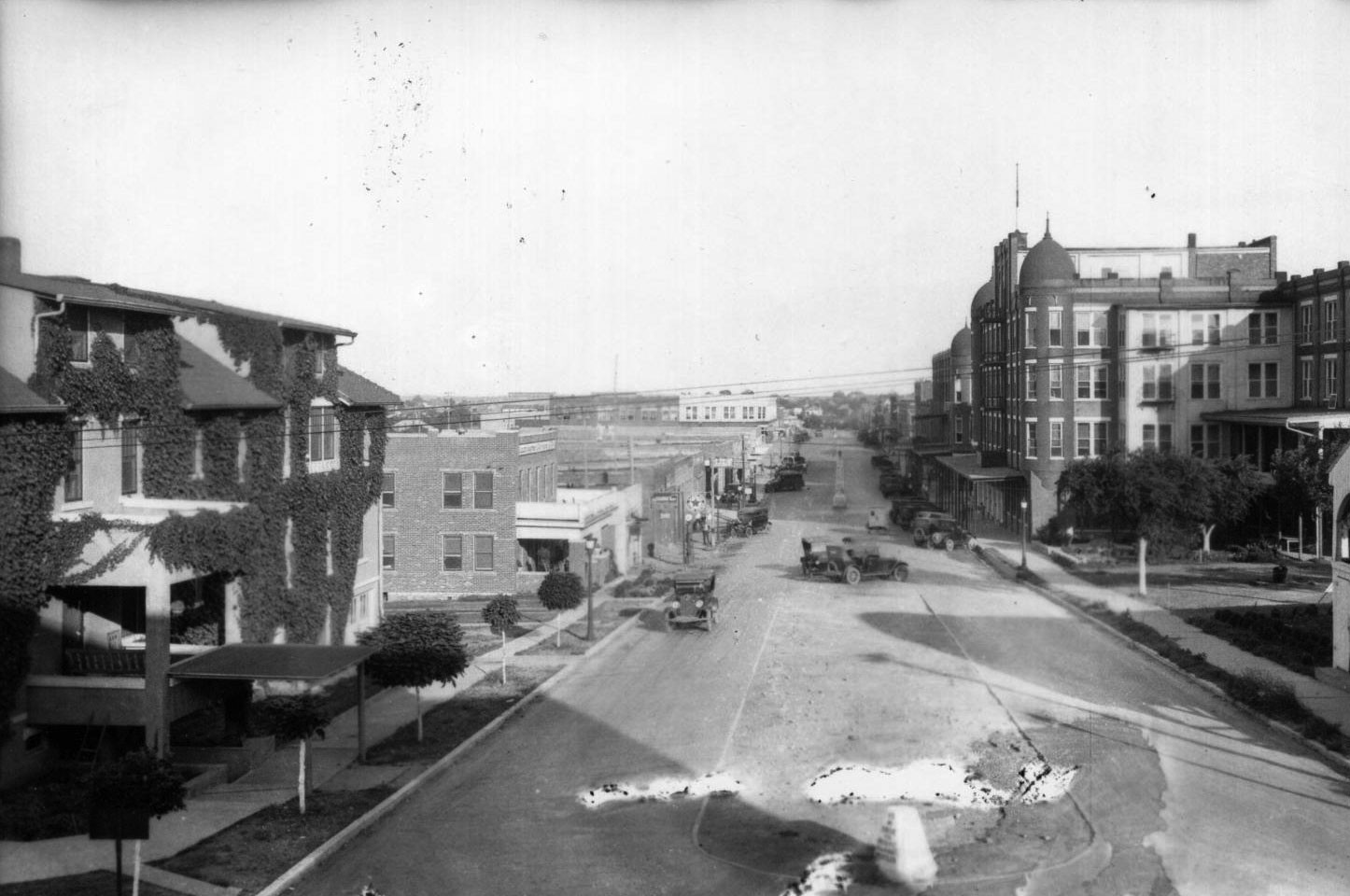Sulphur, Oklahoma, a city steeped in history and natural beauty, is nestled in the heart of Murray County. Often sought out by those curious about Oklahoma’s hidden gems, the question “Where Is Sulphur Oklahoma?” is easily answered by pointing to south-central Oklahoma, approximately 84 miles southeast of Oklahoma City. This charming town, rich with mineral springs and a vibrant past, is located at the crossroads of U.S. Highway 177 and State Highway 7, making it easily accessible for visitors and residents alike.

The story of Sulphur is deeply intertwined with its famed mineral springs. Long before its official founding, the area was recognized for these natural wonders. In 1878, Noah Lael, son-in-law of former Chickasaw Governor Cyrus Harris, recognized the potential of this land and established a ranch near Pavilion Springs, marking the first residence in what would become Sulphur. Lael later sold his ranch in 1882 to Perry Froman, a Chickasaw man through marriage, further setting the stage for the town’s development.
The real genesis of Sulphur as a community began in the early 1890s, as people flocked to the springs for gatherings and conventions, drawn by the purported health benefits of the mineral-rich waters. Around 1890, a group of fishermen constructed a clubhouse, which was soon expanded and transformed into a hotel to accommodate the growing number of visitors. Recognizing the area’s potential, Richard A. Sneed, a lawyer, farmer, and future Oklahoma Secretary of State and State Treasurer, visited around 1890 and spearheaded the formation of the Sulphur Springs Company. Sneed and his fellow investors purchased land from the Froman Ranch and laid out the townsite, officially establishing Sulphur. The Sulphur post office was established on October 2, 1895, with William J. Bloomer appointed as the first postmaster, marking a significant step in the town’s formal organization. In 1899, the town’s first newspaper, The Sulphur Headlight, began publication, and by 1900, Sulphur’s population had grown to 1,198 residents, showcasing its rapid early growth. Further boosting its connectivity, the Sulphur Springs Railway reached Scullin in 1902 and was later acquired by the St. Louis and San Francisco Railway in 1907.
A pivotal moment in Sulphur’s history occurred in 1902 when the federal government established the 640-acre Sulphur Springs Reservation. This act required the relocation of the town’s residents as the Chickasaw Nation ceded the land to the Department of the Interior. This led to a unique division within the community. Some residents moved to the east side of Rock Creek, while others settled west of the reservation. However, the westward settlers faced another relocation when the government expanded the park by over two hundred acres in 1904. This resulted in the formation of “West Sulphur” and “East Sulphur” on opposite sides of Rock Creek, creating a distinct rivalry as each side competed for prominence. For years, these two parts of Sulphur remained separated without a bridge, until 1909 when residents constructed the Washington Bridge, a symbol of unity and progress. Inside the bridge structure, they symbolically buried a hatchet for peace and a horseshoe for prosperity, hoping to unite the divided town. In 1904, the Sulphur Springs Reservation was renamed Platt National Park, which is known today as the Chickasaw National Recreation Area, a testament to the area’s enduring natural beauty and recreational appeal.

Sulphur thrived as a popular resort destination. Businesses, stores, and refreshment stands sprang up around Pavilion Springs, catering to the influx of tourists seeking the therapeutic waters. The post office became the central point of the “East Side,” while businesses on the opposite side of the springs formed the “West Side.” The Belleview Swimming Pool was advertised as Oklahoma’s largest swimming pool, drawing even more visitors. The Vendome Well, still recognized as Oklahoma’s largest artesian spring, became another significant attraction. Its sulphur-rich water flowed into a stream that merged with Travertine Creek, creating a small lake where visitors would cover themselves in the lake’s mud, believing in its curative properties.
Education and civic institutions also took root in Sulphur. The Sulphur public schools opened in 1904, establishing a foundation for local education. On December 9, 1908, Sulphur won an election against Davis to become the county seat of Murray County, solidifying its importance in the region. The State School for the Deaf was established in East Sulphur in 1908, providing specialized education and care. In 1922, the Soldier’s Tuberculosis Sanitarium, now known as a Veterans Center, was built within Platt National Park, further establishing Sulphur as a place of healing and care. Sulphur was officially incorporated in 1908, marking its formal establishment as a city. While historically, local asphalt, lead, and zinc mines contributed to the economy, today, tourism remains the lifeblood of Sulphur.
Sulphur’s population has seen fluctuations over the years. In 1907, it had 2,935 residents. By 1910 and 1920, the population remained relatively stable at 3,684 and 3,667, respectively. Growth resumed in the following decades, reaching 4,242 in 1930 and 4,737 in 1960. The city’s population peaked in 1980 at 5,516, before declining to 4,824 in 1990 and 4,794 in 2000. However, the 2010 census indicated a renewed increase to 4,929, and in April 2020, the U.S. Census reported a population of 5,059, demonstrating a steady resurgence. Sulphur’s location near the Arbuckle Mountains, Turner Falls, and the Lake of the Arbuckles makes it an attractive destination for nature lovers and tourists. The Historic Downtown Sulphur Commercial District, the Murray County Courthouse, and the Sulphur National Guard Armory are all listed in the National Register of Historic Places, highlighting the town’s historical and architectural significance.

So, to definitively answer the question “where is Sulphur Oklahoma?”, it’s a place where history, natural beauty, and community spirit converge in south-central Oklahoma. It’s a town born from mineral springs, shaped by the creation of a national park, and sustained by the warmth of its people and the allure of its surroundings. Whether you are seeking historical exploration, natural retreats, or simply a charming Oklahoma town to visit, Sulphur offers a unique and enriching experience.

